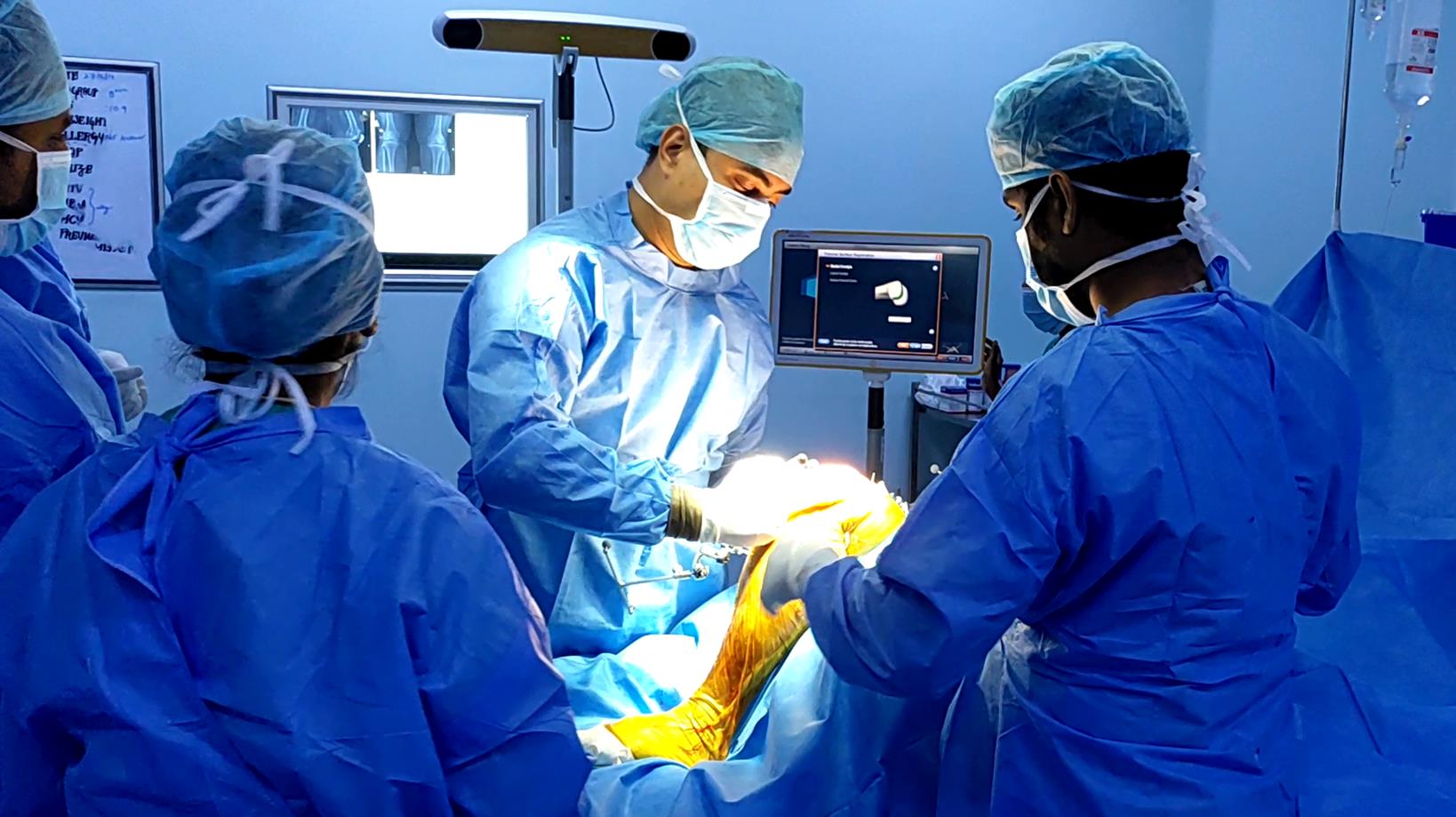
What is Posterior cruciate ligament?
Like the ACl, the posterior cruciate ligament (PCL) connects the bones of your upper and lower leg. It is the strongest ligament in the knee.
PCL tears often occur as a result of a severe knee injury.

Tags
What are the causes of PCL tear?
Most PCL tears occur due to high energy injuries. Some of the common mechanisms of injury include a) car accidents, b) striking your bent knee hard against the ground, or c) hyperextension of the knee, where the knee bends backwards.
Because it takes so much force or energy to injure the PCL it is not uncommon to injure other ligaments in the knee at the same time.
Common associated ligament injuries include the anterior cruciate ligament (ACL), the lateral collateral ligament (LCL) and a complex area we call the posterolateral corner (PLC) of the knee.
What are the symptoms of PCL tear?
If you only injure your PCL, you may have no (or few) symptoms at first, and you may not even be aware that you’ve damaged it. If your injury goes untreated for some time, you may begin to get more generalised knee pain, including at the front of your knee.
You may also begin to find it uncomfortable descending an incline, for instance walking or running downhill, or descending stairs. You may also have discomfort when you start to run, if you lift a heavy weight or if you walk longer distances.
What happens when a PCL injury in neglected?
When a PCL injury is longstanding, present for years, there is a propensity for the knee to develop arthritis. This is especially the case beneath the knee cap (patellofemoral joint) and on the inside of the knee (medial side).
What are the Imaging methods to help diagnose PCL tear?
Standard knee radiographs are always important to obtain. These are needed to rule out fractures and look for evidence of other injuries that may be present. An MRI is useful to evaluate the ligamentous structures of the knee, not just the PCL. It can also evaluate the menisci and the cartilage surfaces of the knee for arthritis.
What is the treatment for PCL Injury?
Many PCL injuries can be treated without the need for surgery. All isolated grade 1 and grade 2 PCL injuries can be managed with physical therapy. Most athletes with a grade 1 or 2 PCL injury will be able to return to sports within a few weeks to months.
The treatment of grade 3 injuries which causes disability in day to day activities is surgical. During PCL surgery patients own ligament (auto graft) is used to reconstruct the torn PCL.
For further more details, contact Dr.Raj Kanna has a best experience in Ligament pcl tear surgery of affordable cost in Chennai.

